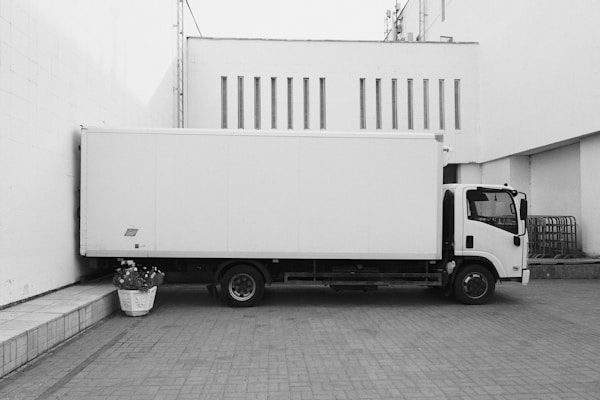There are a million reasons to pick up shop and move your business. Maybe you’ve outgrown your current space, or you’ve been forced out by rising rent prices. Maybe you need to be closer to your customers, or you need to be on a higher-traffic street.
No matter what your reasons are, picking up and moving your business can be a daunting task. But with careful planning and a lot of hard work, you can make the transition as smooth as possible. Here are some important things to keep in mind as you plan your move. Keep reading for more tips on moving your business.
Transportation

When moving a business, the first consideration is always how you’re going to transport everything. There are a few different options available, each with its own set of pros and cons.
The first option is to use a rental truck. A long term moving truck rental is a great option if you are moving a lot of furniture and equipment. Rental trucks are available in a variety of sizes, so you can find one that is the right size for your needs. However, rental trucks can be expensive, and they can be difficult to use if you are not familiar with them.
Another option is to use a truck or van that you already own. This is a great option if you are moving a small number of items. However, it can be difficult to move large items using a truck or van.
Ultimately, the best option for your business depends on your specific needs. Consider the amount of furniture and equipment you need to move, the distance you are moving, and the availability of moving companies in your area.
The Size of the Building

The size of the building you choose for your business is an important decision that should not be taken lightly. It’s important to consider a variety of factors when making this decision, including the size of your business, how much space you need, and your budget.
When considering the size of your business, it’s essential to keep in mind that not all businesses are created equal. Some businesses require more space than others. For example, if you run a manufacturing company, you’ll likely need a lot more space than if you’re running a small retail shop.
Another thing to consider when choosing a building is how much space you actually need. Do you need room to expand? Or will the current space be enough for your needs? If you’re unsure, it might be helpful to take a look at other businesses in your industry and see how much space they’re using. This can give you an idea of what’s considered average for businesses like yours.
Finally, when choosing a building for your business, keep your budget in mind. Buildings can range in price from a few thousand dollars all the way up into the millions. So make sure you find one that fits within your budget constraints while still meeting all of your other requirements.
Employees

When moving a business, another important factor is the employees. Employees may have concerns about relocation, and their jobs may be at risk. In order to ease the transition for both the employees and the business, it’s critical to plan ahead.
The first step is to assess what needs to be done in order to relocate the employees. This may include considering transportation, housing, and employment opportunities in the new location. You also need to communicate with employees about the move. They should be given information about when and where the move will take place, as well as what their roles will be in the move.
In some cases, employees may not want to relocate with the company. If this is the case, have a plan for how they will leave the company. This may include severance pay or other forms of compensation.
If possible, it’s also helpful to allow employees to visit the new location before making a decision about relocation. This can help them get a feel for what life would be like if they moved there with the company.
Moving Your Business
There are many things to consider when moving your business, but the most important factors are transportation, the size of your business, and your employees. By keeping these factors in mind, you can ensure a smooth and seamless transition to your new business location.





